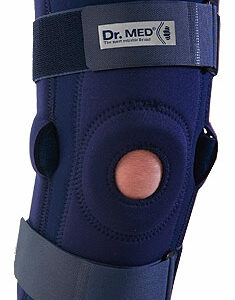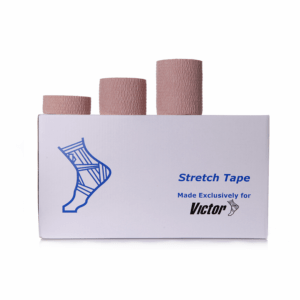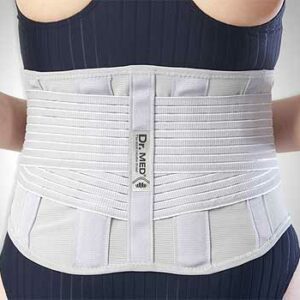Bowling Injuries
Updated:
Injuries to bowlers in cricket are common, with fast bowling being the most injury prone discipline in the sport. Bowling, particularly fast bowling, places a large strain on the lower back. It has been reported that a force of 8-10 times body weight is transmitted through the body at front foot landing of the delivery stride. This, combined with extremes of lumbar range of movement, including extension, rotation and lateral flexion, puts the lumbar spine at risk of injury. Due to the repetitive nature of bowling and the long duration of some formats of the game, bowling injuries tend to be overuse and often present gradually over time. In younger fast bowlers (under the age of 25), lumbar stress fractures are the most prevalent injury. These injuries tend to occur on the non-bowling arm side of the lower back and are typically due to technique errors (such as a ‘mixed bowling action’ or excessive ‘counter rotation’) and/or excessive bowling workloads. In the older fast bowler, however, degenerative lumbar injuries tend to occur more commonly, usually affecting the lumbar discs.
In addition to the lumbar spine, lower limb injuries to the knees and ankles are also common due to the heavy impact and twisting forces associated with the bowling action. Other common injuries to affect fast bowlers are side strains (of the non-bowling arm side of the body), posterior ankle impingement (of the front foot) and patellar tendinopathy (of the front knee). Muscle injuries to the hamstrings and groin are also frequently seen.
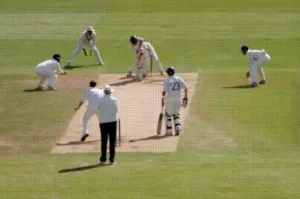
Most Common Bowling Injuries in Cricket
Lower Back
Lumbar Stress Fractures
A stress fracture in a specific section of bone in the lower back (known as the pars interarticularis) typically as a result of repeated or forceful hyperextension activities (figure 1) especially when combined with rotation (i.e. the fast bowling action). Particularly common in the younger athlete, especially those involved in cricket (i.e. fast bowlers) and gymnastics, and, during periods of rapid growth. Typically causes one sided lower back pain that increases with hyperextension activities (such as bowling) and decreases with rest. Symptoms may also increase on firmly touching the affected region.
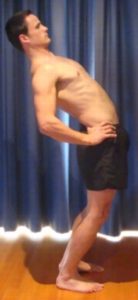

Members Only ContentBecome a PhysioAdvisor Member to gain full access to this exclusive content. For more details see Become a Member. Already a member? Login Now
Thigh
Hamstring Strain
Tearing of the hamstring muscle (located at the back of the thigh), typically following a sudden acceleration or deceleration movement whilst running at high speed (such as during the fast bowling run-up or delivery stride). A sudden, localised pain is usually experienced at the back of the thigh and there is typically pain on firmly touching the affected region of muscle and often pain on attempting to run or bend forwards (figure 3).
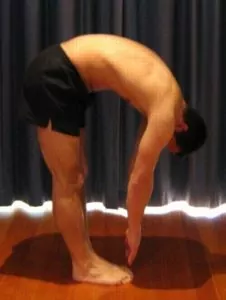

Members Only ContentBecome a PhysioAdvisor Member to gain full access to this exclusive content. For more details see Become a Member. Already a member? Login Now
Knee
Patellar Tendinopathy
A condition characterized by tissue damage and degeneration to the patella tendon (figure 6) resulting in pain at the front of the knee just below the knee cap. Typically an overuse injury, resulting from repetitive fast bowling (affecting the front knee of the bowling action), running, jumping, squatting or lunging activities. Pain is usually experienced on firmly touching the patella tendon and swelling or puffiness may be present. Pain usually increases when performing a single leg squat, hopping or walking down hills or stairs.
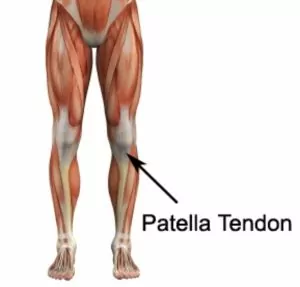

Members Only ContentBecome a PhysioAdvisor Member to gain full access to this exclusive content. For more details see Become a Member. Already a member? Login Now
Ankle
Posterior Ankle Impingement
Pain in the Achilles region of the front foot of the bowling action due to compression or pinching of structures at the back of the ankle joint during the delivery stride. Pain is usually worse with activities involving maximal ankle plantarflexion (downward pointing of the ankle – figure [wlm_nonmember]4[/wlm_nonmember][wlm_ismember]8[/wlm_ismember]) often in combination with weight bearing forces (such as the delivery stride of bowling, kicking a football and performing a calf raise). A common injury to fast bowlers, gymnasts, ballet dancers and footballers.
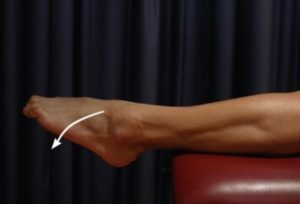
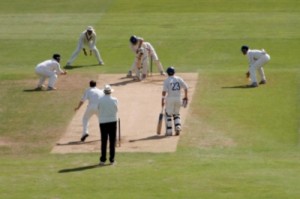 Other Cricket Injuries
Other Cricket Injuries
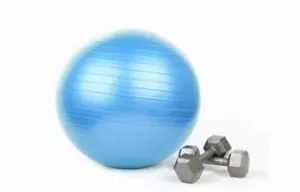 Physiotherapy Products for Bowling Injuries
Physiotherapy Products for Bowling Injuries
The following physiotherapy products are commonly prescribed to patients by physiotherapists to assist in the rehabilitation and prevention of bowling injuries:
To purchase physiotherapy products to assist with bowling injuries click on one of the above links or visit the PhysioAdvisor Shop.
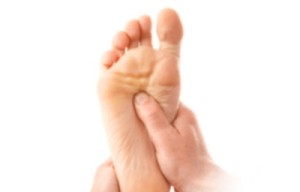 Find a Physio
Find a Physio
Find a physiotherapist in your local area who can treat bowling injuries.
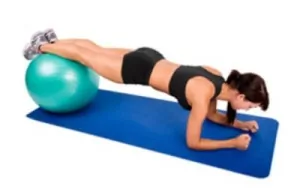 Exercises for Bowling Injuries
Exercises for Bowling Injuries
- Core Stability Exercises.
- Pilates Exercises.
- Gluteal Strengthening Exercises.
- Back Stretches.
- Leg Stretches.
- Leg Strengthening Exercises
- Balance Exercises.

Link to this Page
If you would like to link to this article on your website, simply copy the code below and add it to your page:
<a href="https://physioadvisor.com.au/injury-diagnosis/sports-injuries/cricket-injuries/bowling-injuries”>Bowling Injuries – PhysioAdvisor.com</a><br/>PhysioAdvisor provides detailed physiotherapy information on bowling injuries including most common bowling injuries, contributing factors and injury prevention tips for bowlers in cricket.
Return to the top of Bowling Injuries.

